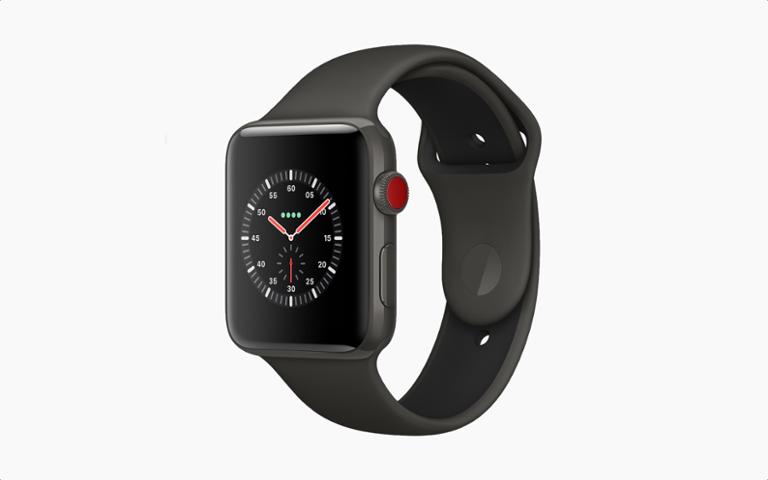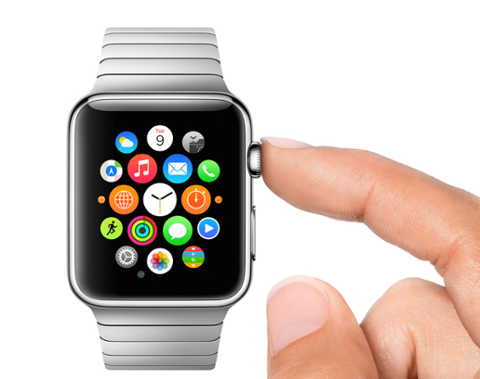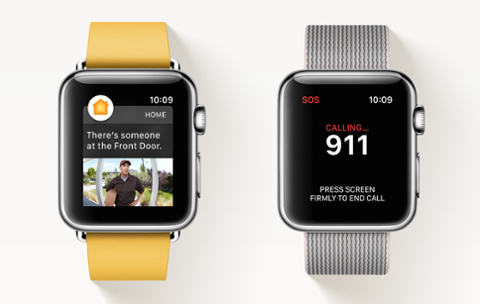The shift to [Wear] OS still hasn’t happened like we have seen in Android for smartphones. This is partly due to lesser focus, less intuitive UI and selective smartwatch OEM partnerships by Google over the last few years for [Wear] OS. Google hopes to change this with the upcoming launch of wear OS 2.0 based watches but will need a complete overhaul of the UI, powerful integration of key Android experiences and by striking key partnerships.Fossil is a major Wear OS (née Android Wear) partner. As the chart below shows us, it’s seen a decline year-over-year (YoY). Wear OS competitor Samsung, which uses its self-made Tizen platform for its wearables, is down two-thirds YoY. Fitbit, however, nearly tripled its global wearable shipment YoY. Its new Versa smartwatch is listed as the second-best-selling smartwatch of 2018, and its legacy Ionic watch is the fifth-best-selling wearable. The impressive showing of Fitbit is only shown up by Apple, which lists two versions of its Apple Watch in the top five best selling smartwatches. Interestingly enough, the Series 1 (technically the second-generation Apple Watch) is the bestseller, while the Series 3 is fourth on Counterpoint Research’s list. Third on the list is the Amazfit BIP, a $100 smartwatch boasting 30-day battery life and corresponding apps for iOS and Android. It’s an unabashed Apple Watch clone, and comes in several splashy colors. Counterpoint Research notes that ‘Amazfit’ is a sub-brand of China’s Huami, which is a manufacturing partner for Xiaomi wearables. Counterpoint Research notes there’s a unique spike in the proprietary operating system for wearables, which grew 76 percent YoY. It says this surge is “majorly” due to Fitbit, Amazfit, and other white-label models. Google squandered the attention it received early on for Android Wear; it's only now providing a fresh take on the wrist-worn operating system. Its only meaningful foothold is Fossil, which focuses on fashion over function. It’s about as basic as smartwatches get, weaving sensors into a traditional-looking watch with results that are viewable in a smartphone app. But this all makes one jarring point: users don’t actually care about having the smartest watch. The improvements of the Series 3 Apple Watch versus a Series 1 are enormous, but many people just don’t care enough to spend the extra dough on the latest and greatest. Cellular connectivity – Apple Watch Series 3’s boldest feature – isn’t a driver; Counterpoint Research notes only 10 percent of total smartwatch shipments were of the cellular variety. The upside: users are snapping up smartwatches at record levels. Even though the 'lower end' of the market drives this growth (if sub-$200 is 'low end'), users are now engaged with their wrist-worn devices. The real challenge for developers is creating meaningful interactions for smartwatches, which isn’t always easy. We’re still waiting to see how Fitbit’s smartwatch efforts pan out; namely, if they can stick with it and distinguish themselves from the competition. Google is facing a reckoning of its own doing, while the world’s largest smartwatch platform, the Apple Watch, is adding a new paradigm for meaningful experiences that doesn’t require the latest hardware.
Fitbit Leads Smartwatch Growth Trend While Apple Dominates
Wearables still represent an enormous opportunity for developers, especially the smartwatch, but deciding on a platform or specific hardware for your work can be tricky. Now we have a better idea of which devices sell, and which don’t. Apple still leads the way with a 41 percent market share, says Counterpoint Research. It’s the largest percentage for a single company or platform, doubling the share of its closest competitor. Google, meanwhile, is struggling for adoption despite making more noise about its wearable plans. According to Counterpoint Research analyst Flora Tang:



